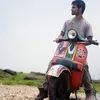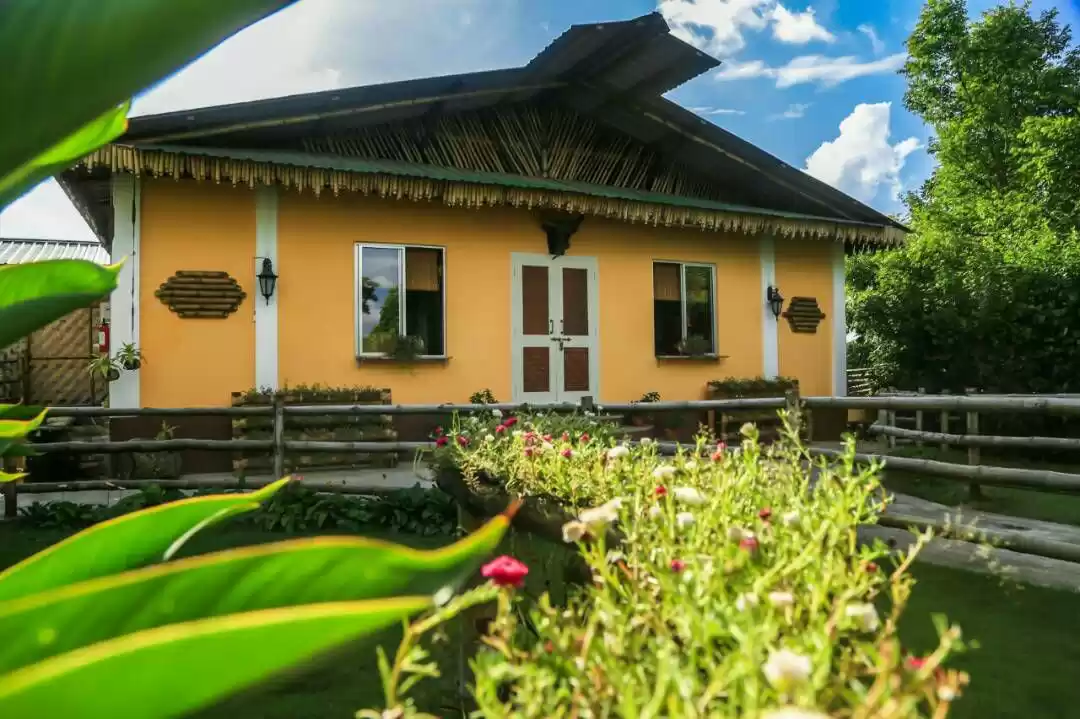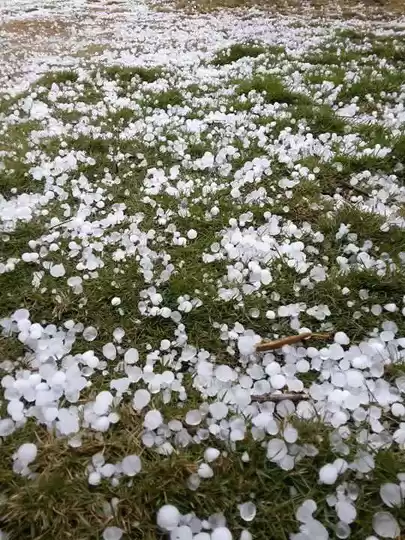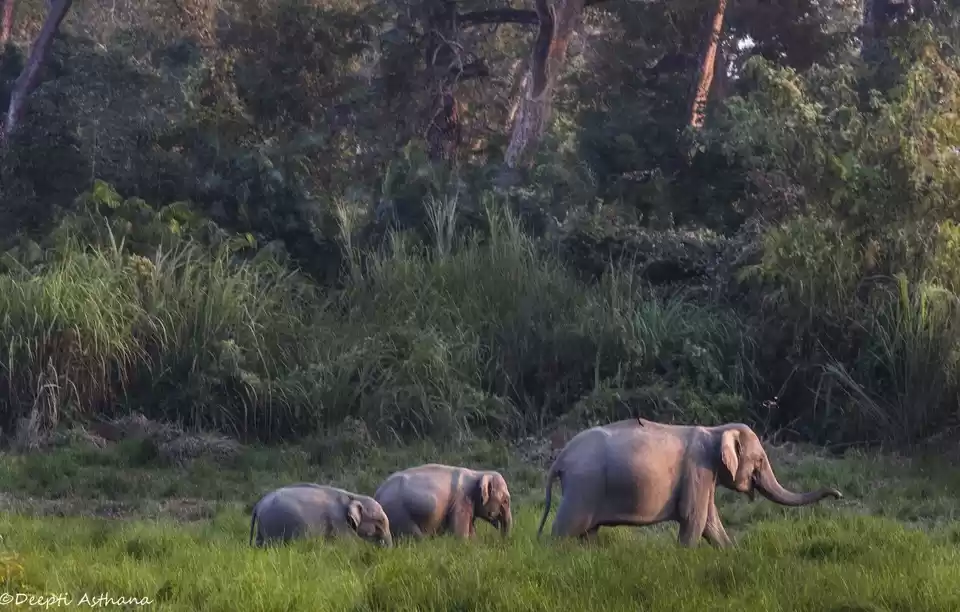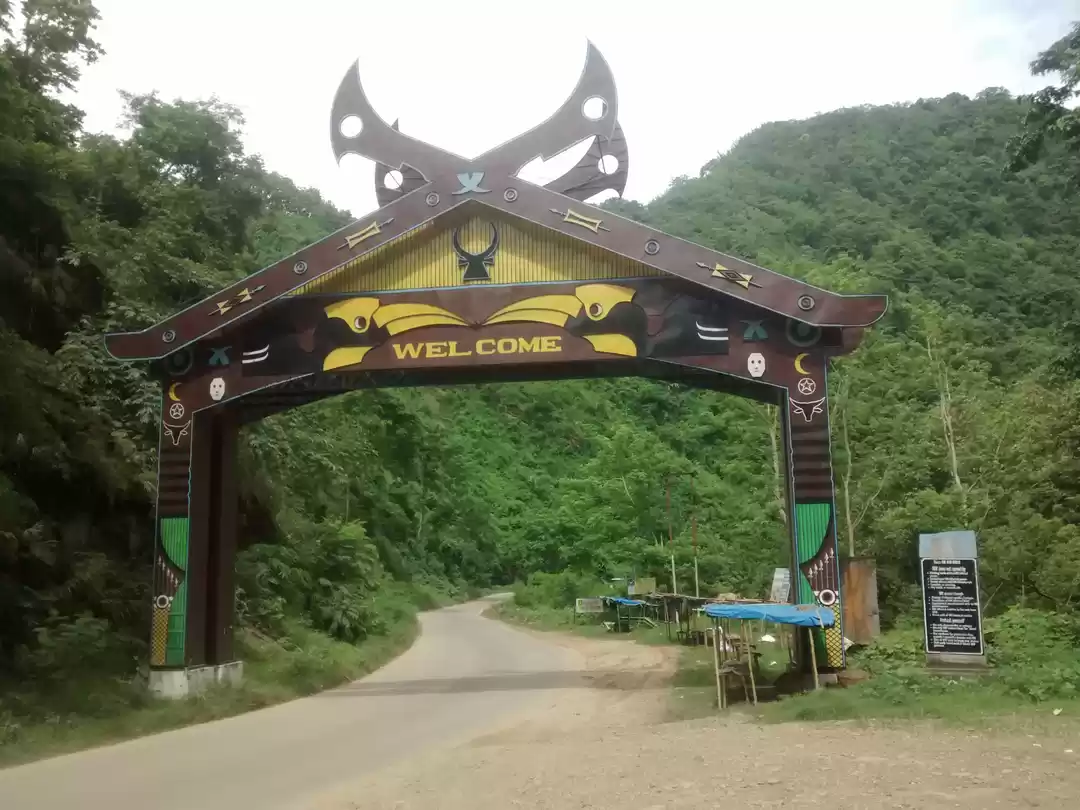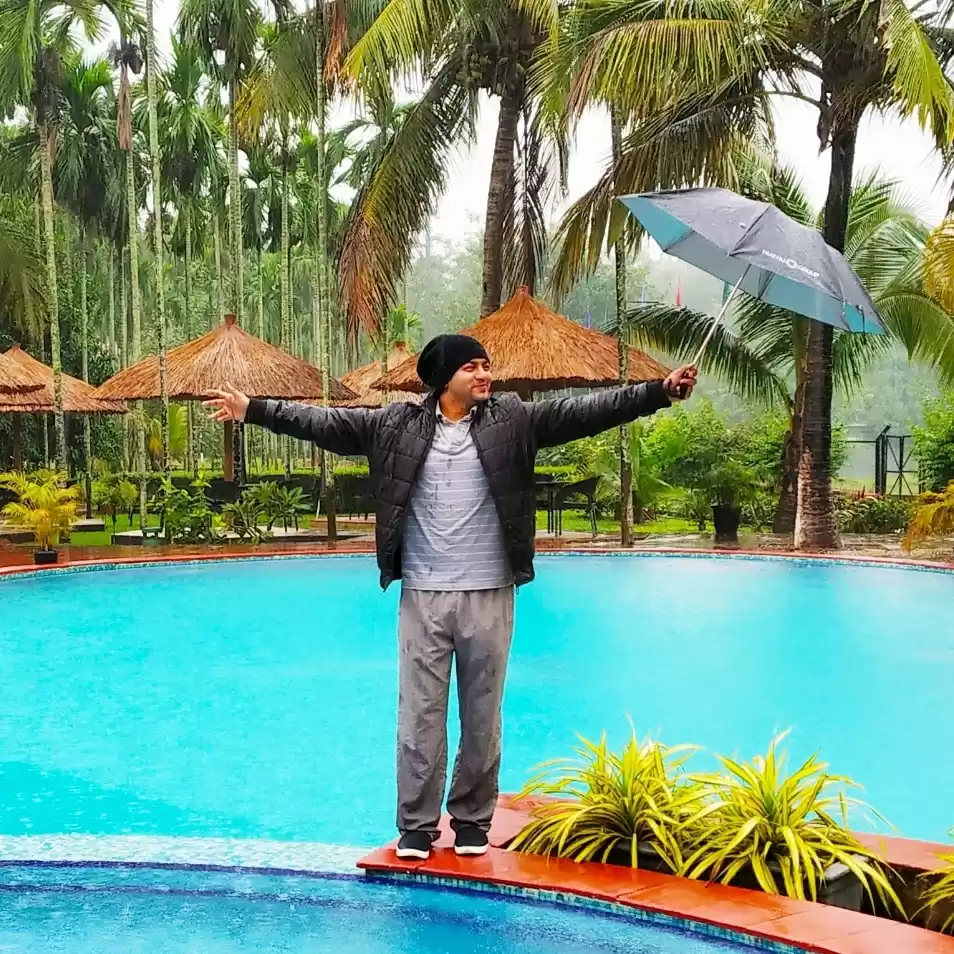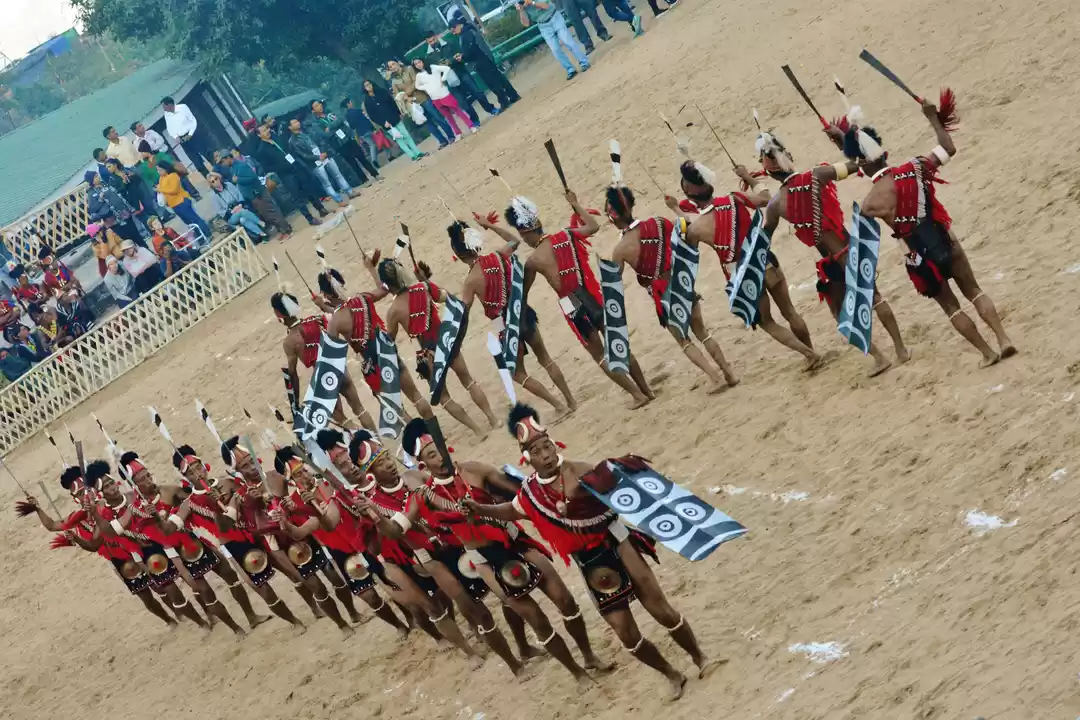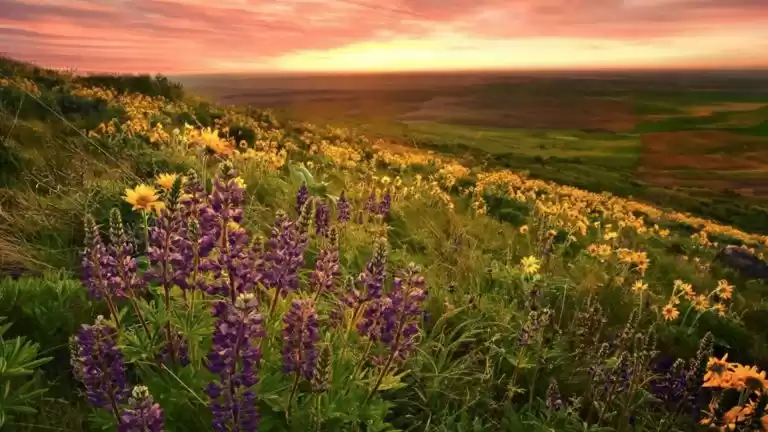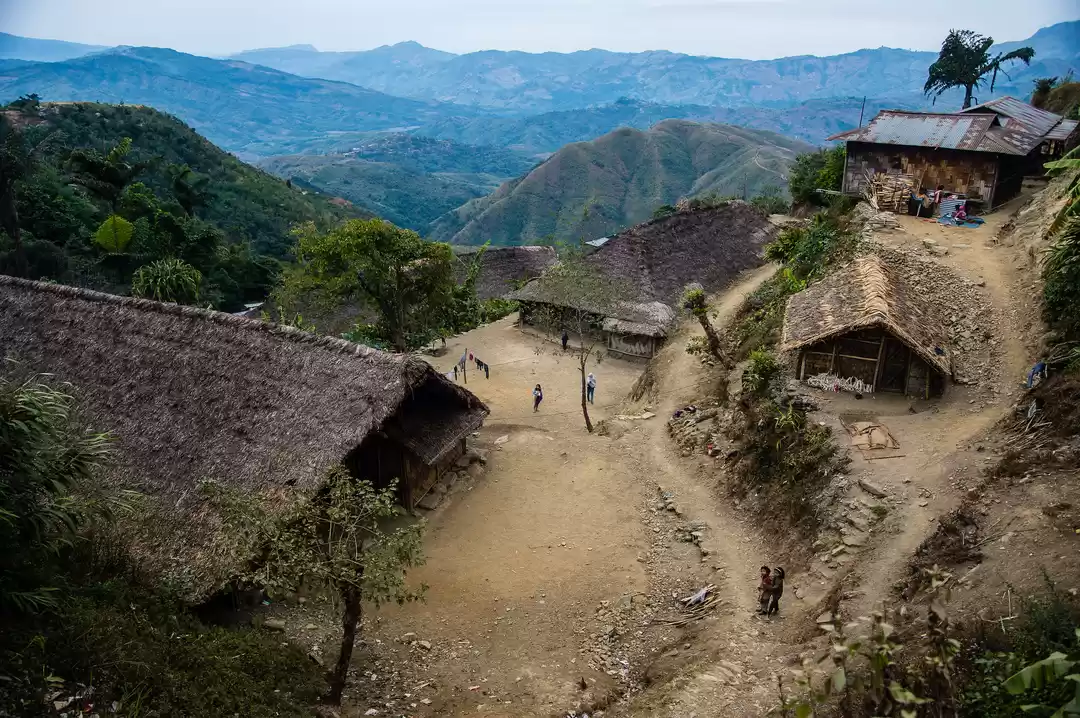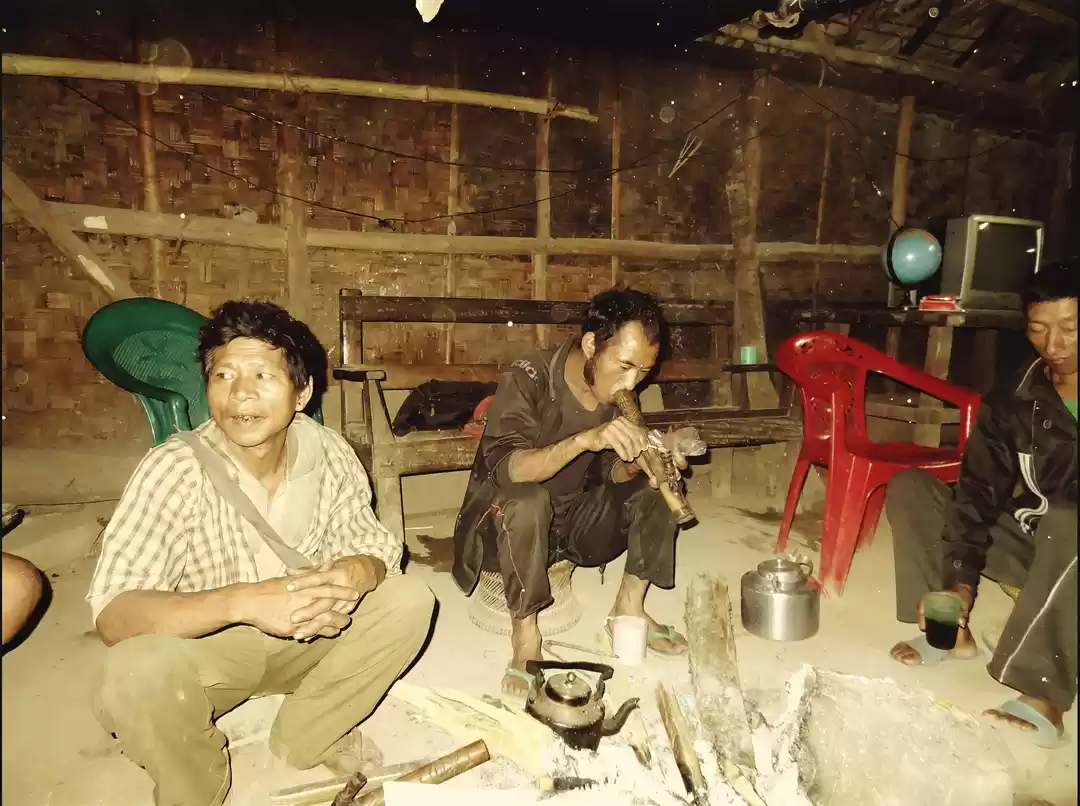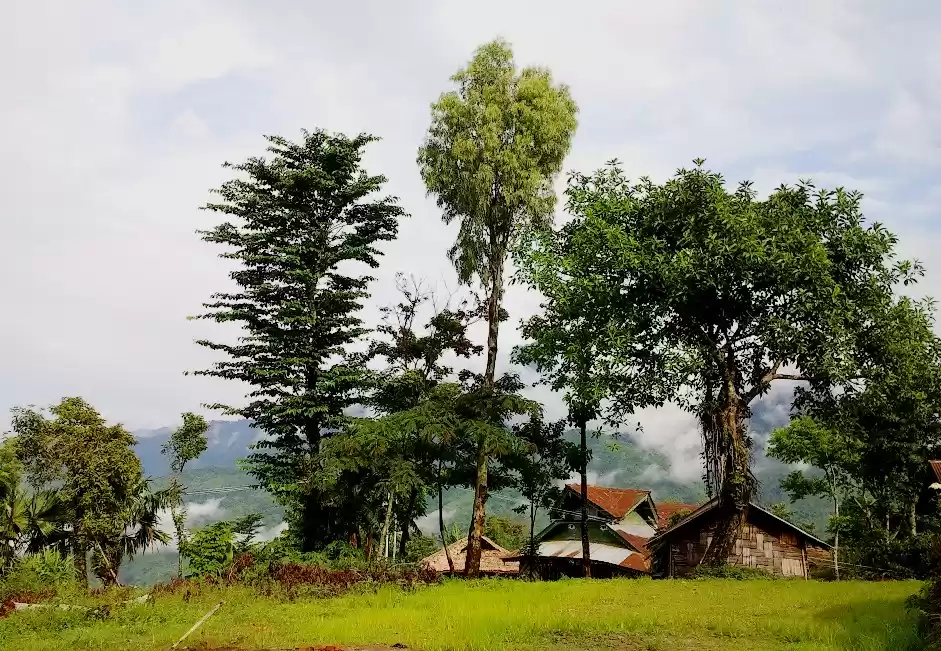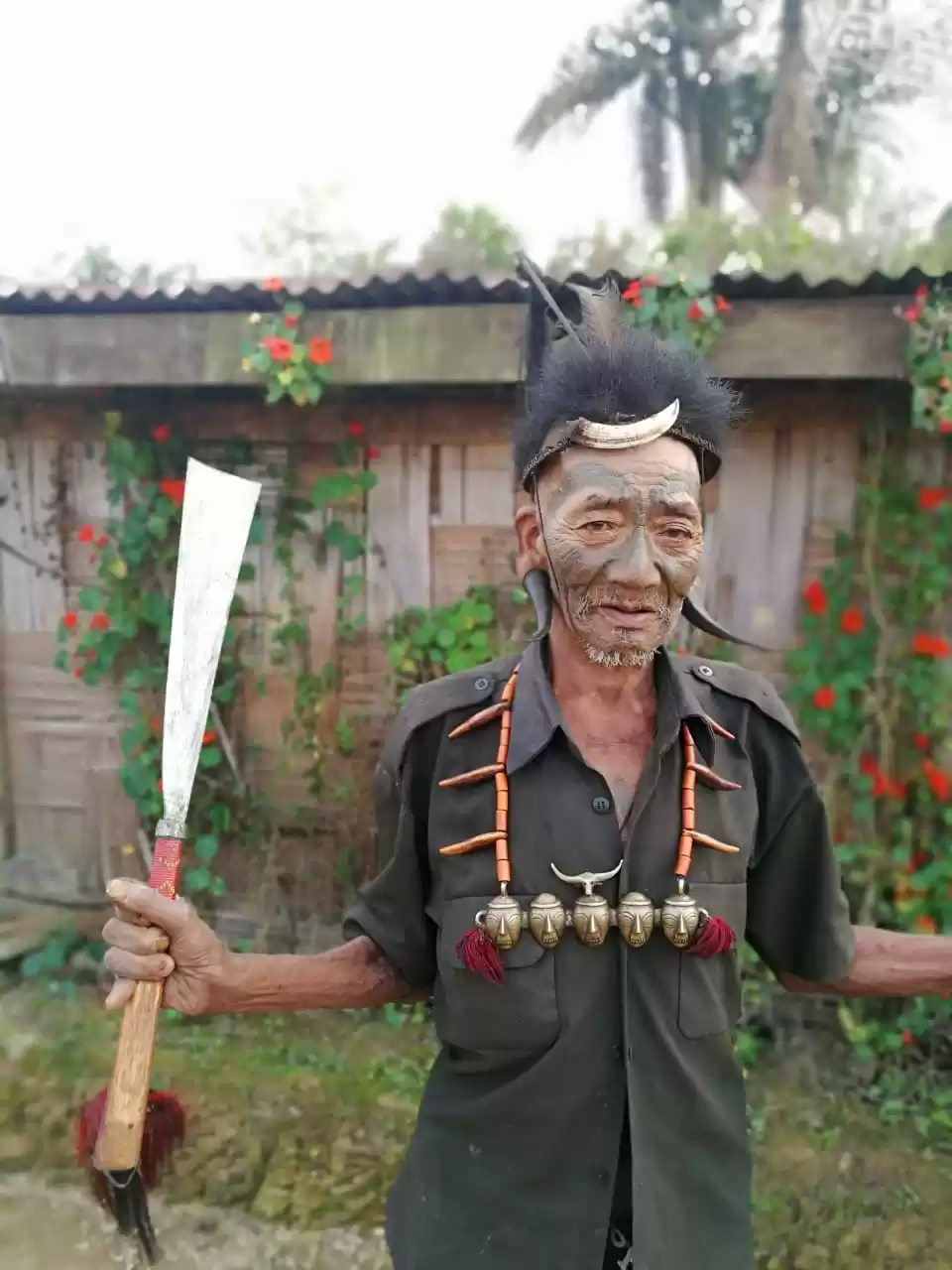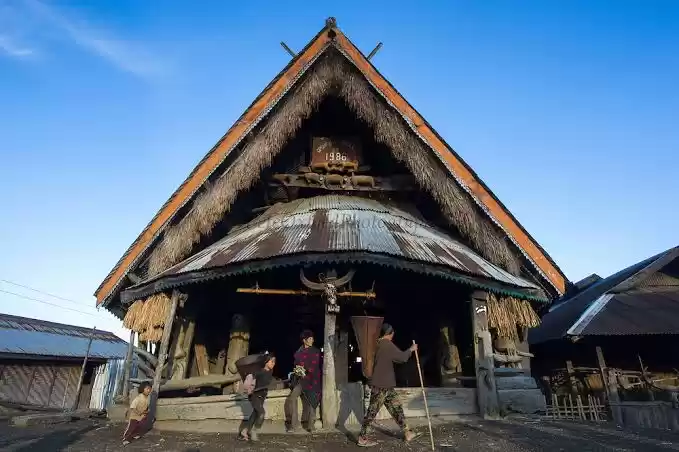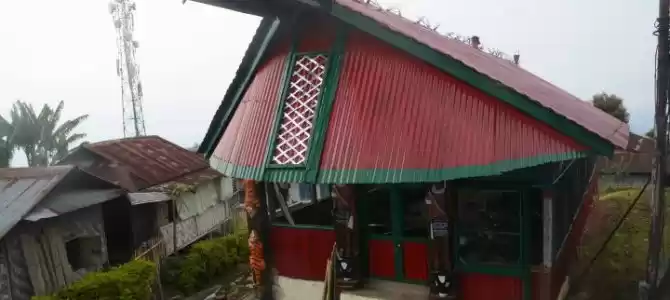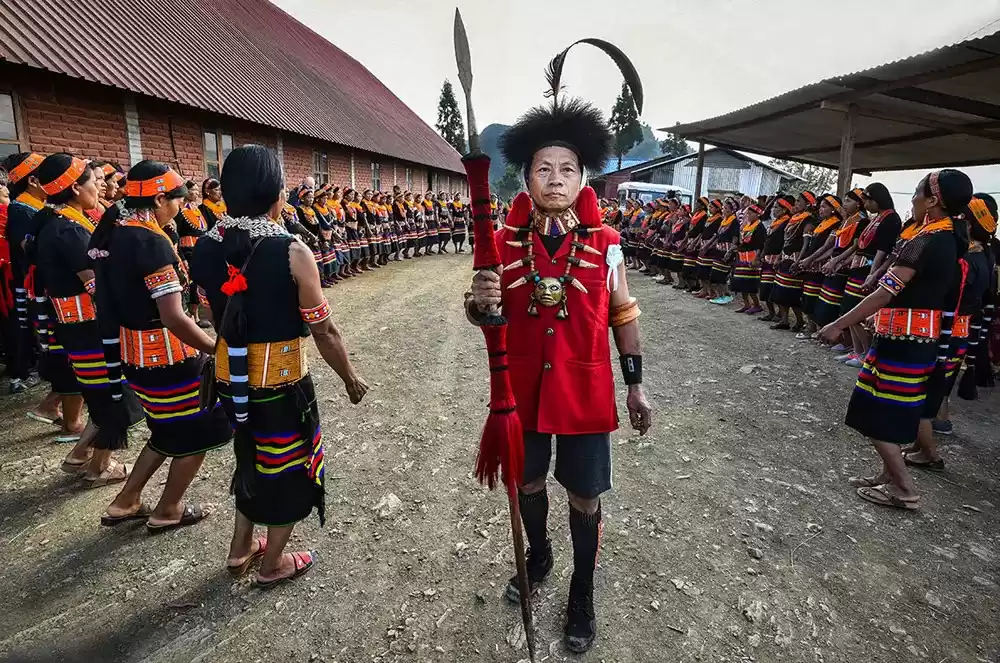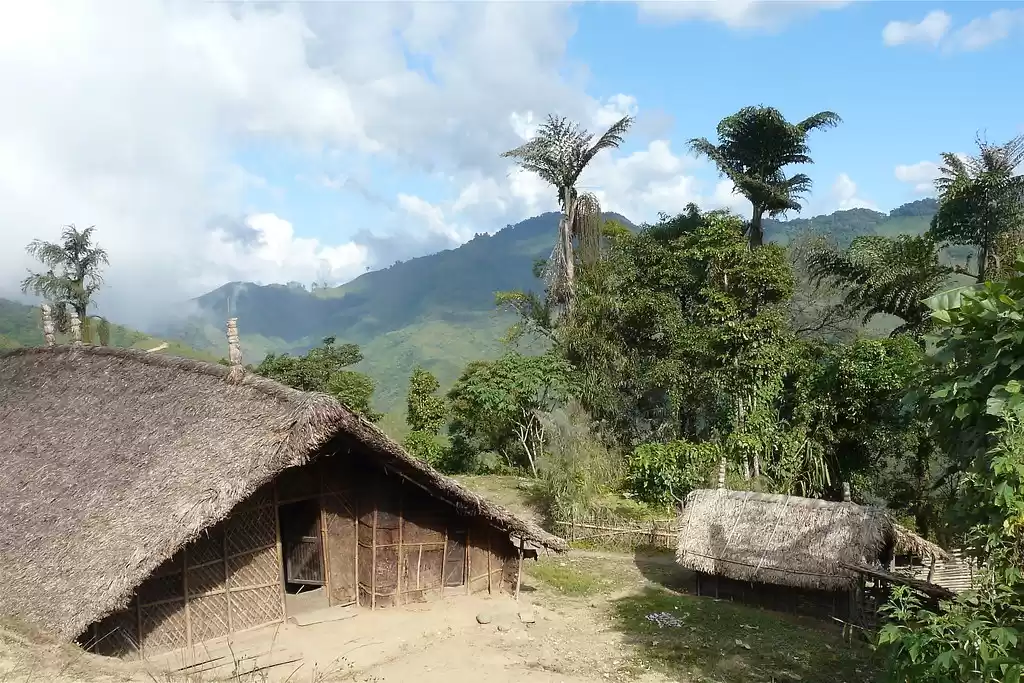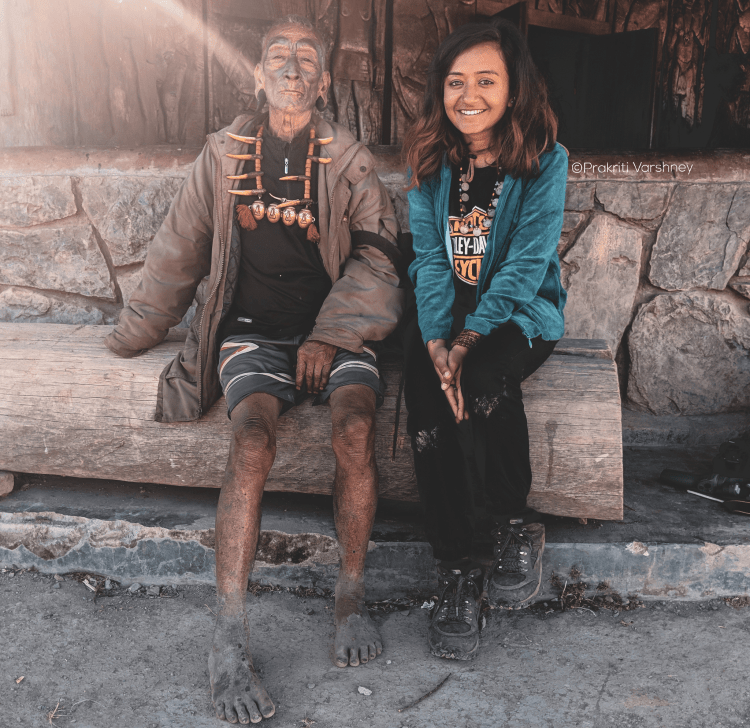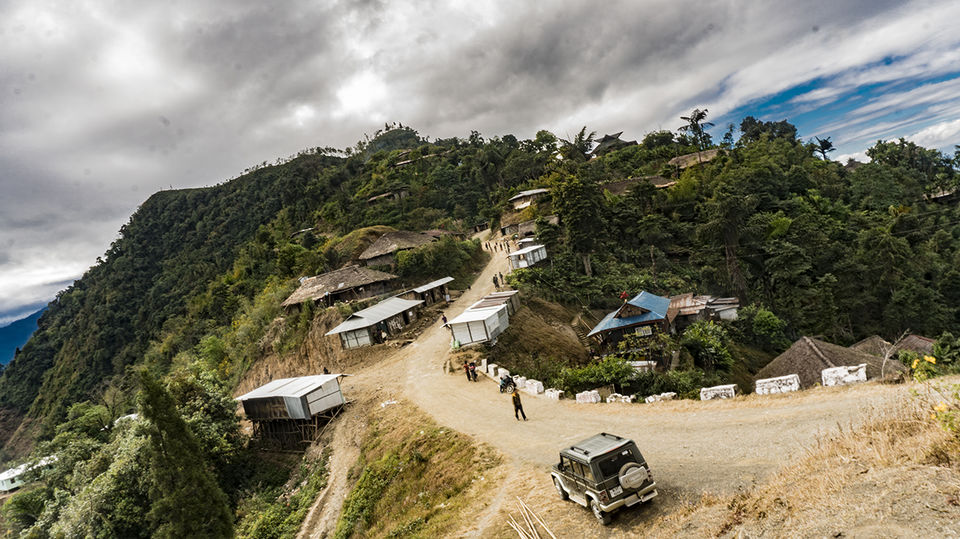
This article was originally published on my blog here: http://footloosedev.com/longwa-mon-nagland/
Travelling in Nagaland is all about meeting indigenous tribes and learning about their culture. There are over 16 (16 is the recognised number) tribes in the state, with some of them still being at war with each other. Some tribes still have a king, with the locals following their king’s orders more strenuously than that of the Indian government’s. Well, this is Nagaland — wild, exciting and the most non-Indian like.
During my recent visit to Nagaland, that started by visiting the popular Hornbill Festival, followed by a 20 day of backpacking across the state, I explored a few offbeat towns, tried strange Naga cuisine, and learned — as much as my brain could comprehend — about different tribes that once ruled here. And in the process, I understood that this part of India is not about about exploring historical sights, but a concoction of many slowly dying cultures.
And one of the very last areas to experience that one such cultures was in the town of Longwa in Mon, Nagaland — popular as the basecamp of the headhunting tribe of the Konyaks.
Located in the Mon district, and at the border of India-Myanmar, to get here you’re first required to reach the Mon town.
Often termed as the last Indian town, it is in this town, where India concludes its boundary and lose itself into the Burma. Here, it’s tough to realise when you’re walking on the Indian side and when on the Burmese. And making things furthermore interesting is the popular Konyak king’s house — yes they still have a king here — which is located right on the border. And inside his house, all that you need to know about Konyaks and the popular headhunters of Nagaland.
The Headhutners’ Hospitality
Before I visited Longwa, I was told by a friend how in King’s house, if you end up visiting, locals will show you the entire process of cooking opium before offering it to you for a few drags, if you fancied. All you need to do is get to the king’s house and everything else will follows itself. Call it the headhunters’ way of hospitality.
So as I reached Longwa, and found my homestay, the first thing I decide to do was giving the King’s house the visit. A few handicraft sellers were sitting outside. King’s youngest brother attends tourists on the main door with a little introduction about the house and his family, before he opens the main door, and with that, presents to you some of the rare artifacts and things of highest cultural significance to Konyaks.
As you are through with the main gallery, you’re carefully taken to a secret room with a few other locals already high on opium. They will tenderly greet you and ask you to find a comfortable place, before, without even asking, one of them will start the process of cooking opium, while sharing timely smiles. Once done, you are free to give it a try, with a sip of local chaay.
So if the idea of hanging out with the opium-smoking, formerly headhunting Konyak people in northeast India catches your fancy, visit Longwa.
Staying in A Former Headhunters’ Guesthouse
Jeilei’s guesthouse is the only (and a very apt) option of experiencing a local way of life and the lifestyle of Naga headhunters. Though today they’ve nothing to do with the centuries old headhunting practice, the older generations in the family, back in the day, were just as much a representative of a fierce Nagaland as anybody else around there — the kind that makes you question whether or not is it safe to travel Nagaland.
But not anymore. Today, tourists can explore their hospitality, experience eating and drinking with them and sharing lengthy conversation over a cup of black tea. The guesthouse has a massive traditional kitchen with rural and traditional artifacts such as the real beak of a hornbill, wooden carvings, the dao (Konyak axe) and a muzzle loading gun.
In your room, if you ended up being a little luckier, you will find wonderful wooden beds with skull engravings on them, assuring you sweet dreams. From a little window, facing beautiful Naga mountains, you get a clear shot to a local headhunter’s house, who, during the winter, can be spotted bare-chest pretty much throughout the day, while soaking in the sun.
Not far from the guesthouse lies the burial site of the skulls, where, when Konyaks were converted to Christianity, they were encouraged to bury the heads — the same heads that were formerly on a prominent display hanging outside the main entrance of their house.
Reaching Longwa
If travelling from Kohima, you can get a direct state bus that leaves every afternoon at 1Pm and arrives in Mon the following morning at 7. Several private buses and taxis also leave around the same time everyday. From Mon, regular shared taxis take you to Longwa in upto 3 hours and charge around 200 Rupees per person.
If, however, you’re travelling from Guwahati, get off at the train station in Bhojo. From Bhojo, take a rikshaw to Sonari located only a few kilometres from Bhojo. From Sonari, regular shared taxis leave to Mon (for 300 Rupees). From Mon, another 3 hours in a shared taxi.
Practical Tips
For Indians travelling to Nagaland, it is mandatory have an Inner Line Permit (or an ILP) to access its various districts. An ILP can be obtained in Delhi, Guwahati or in Dimapur.
There is no public transport in Nagaland on Sundays, given Sundays are a Church day.
The ideal time to visit Nagaland is between September and April. This is when the temprature is most pleasant. Just like the most of Northeast India, avoid visiting it during the time of the monsoon.

